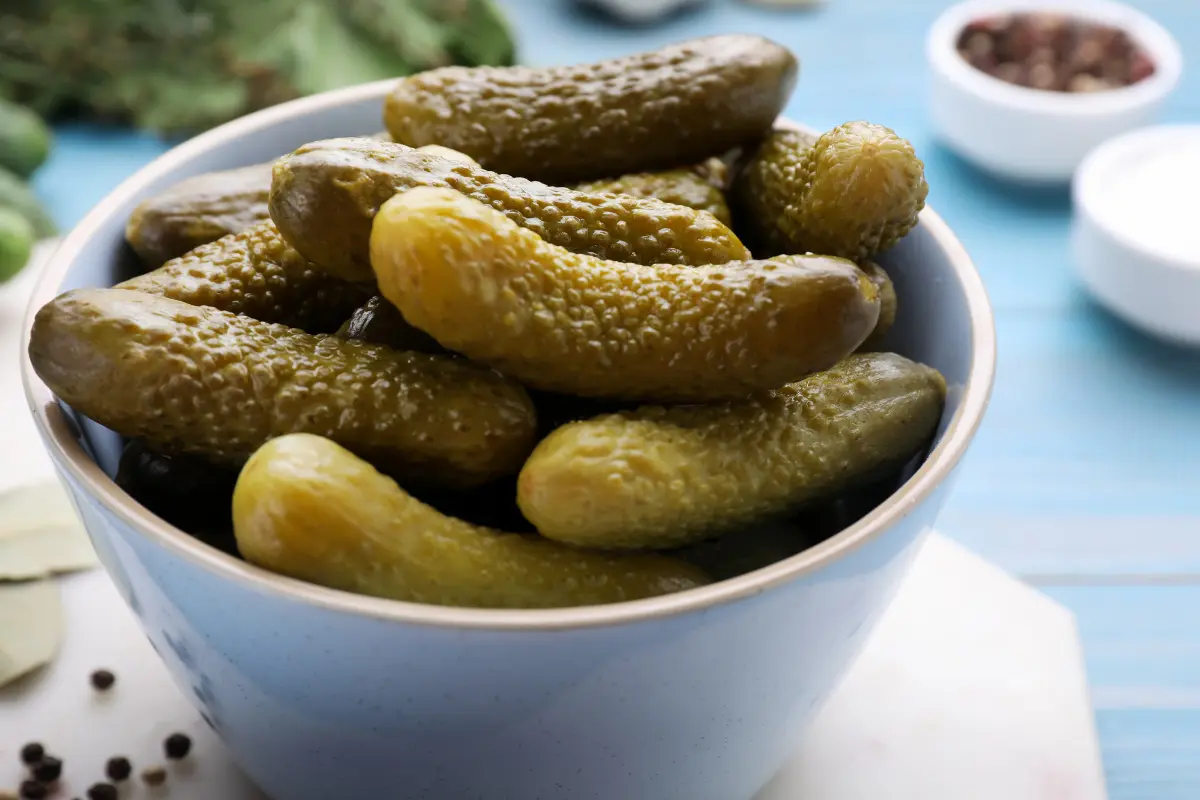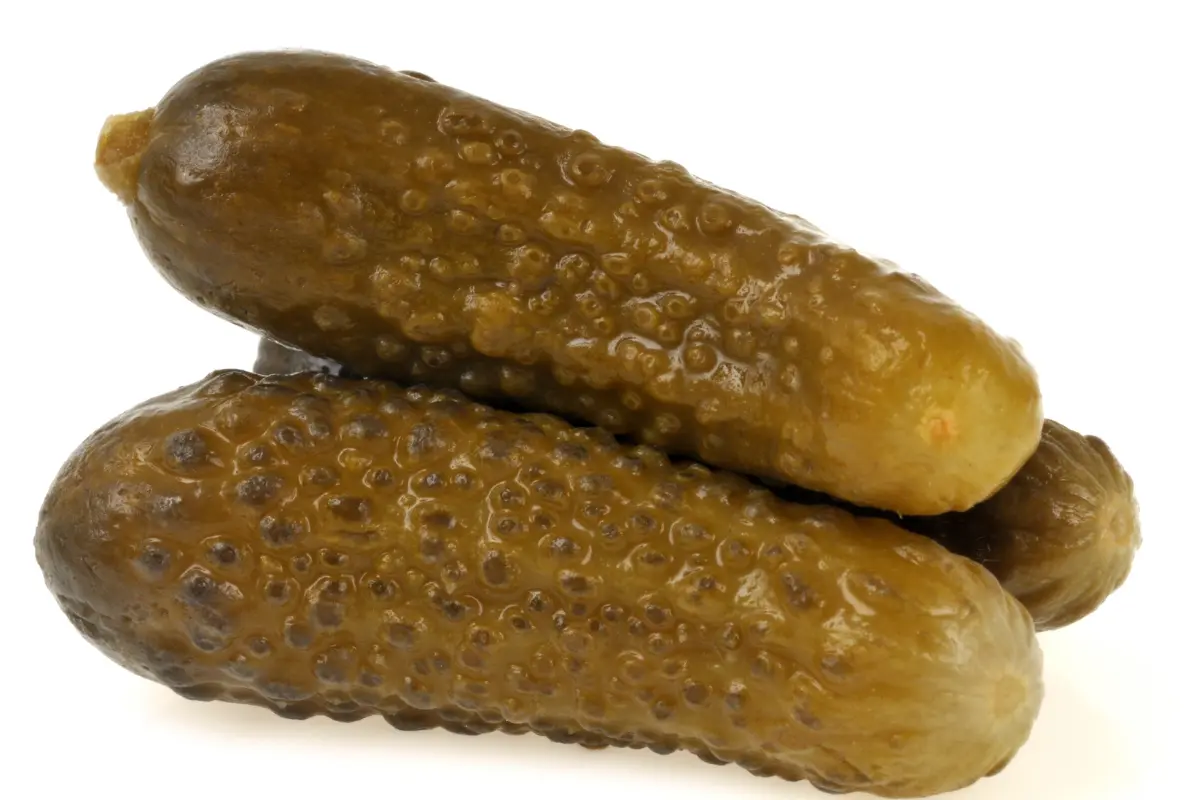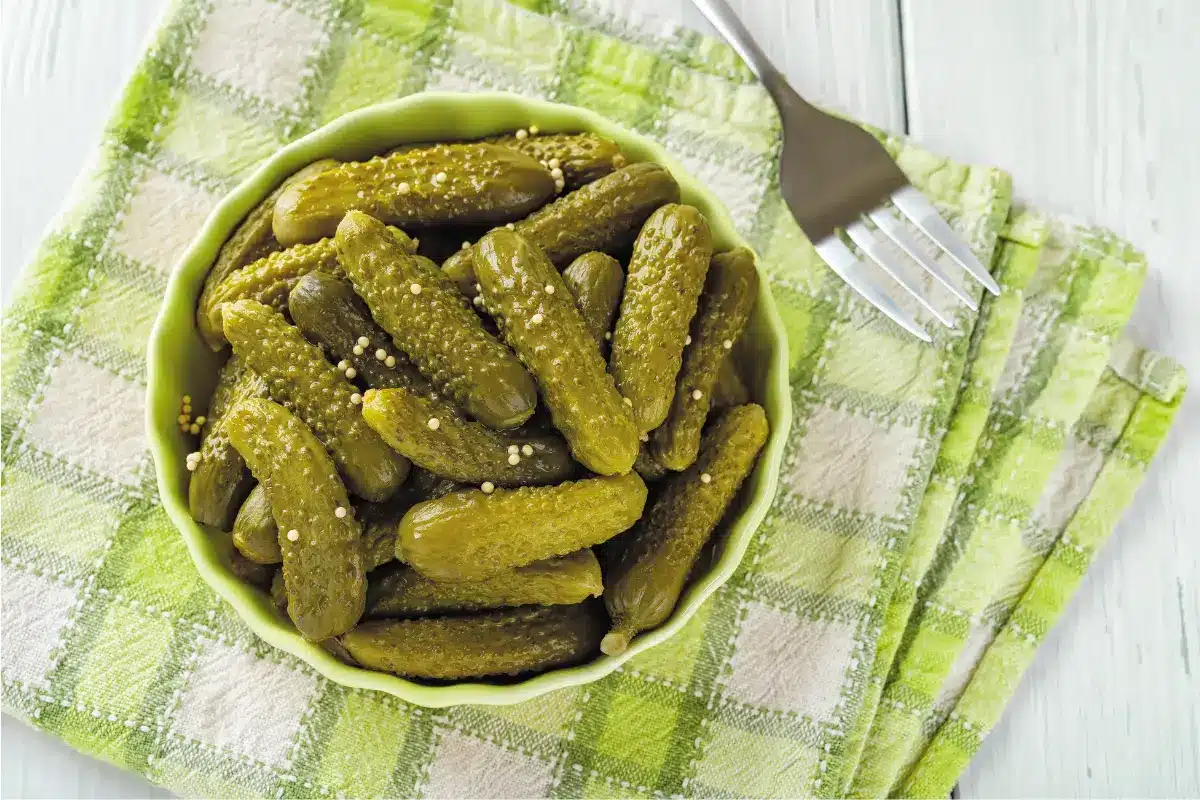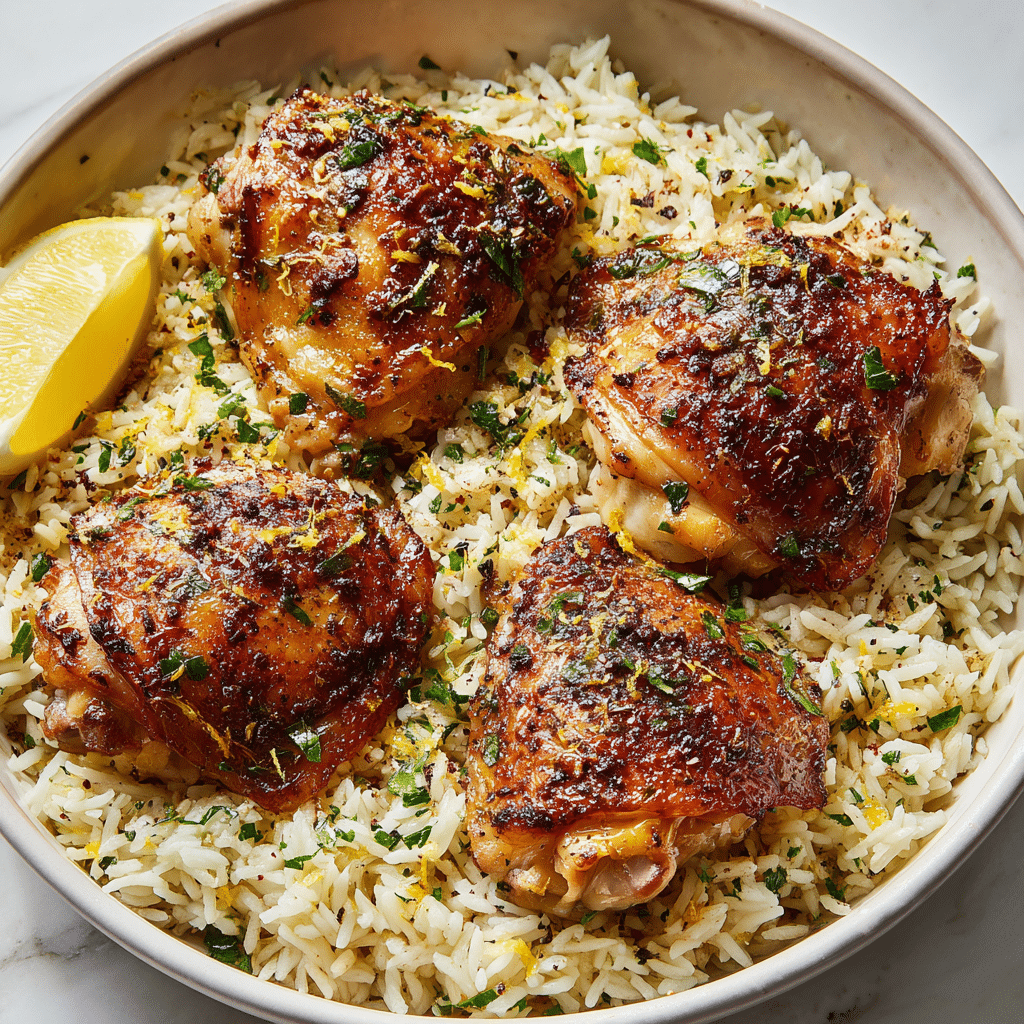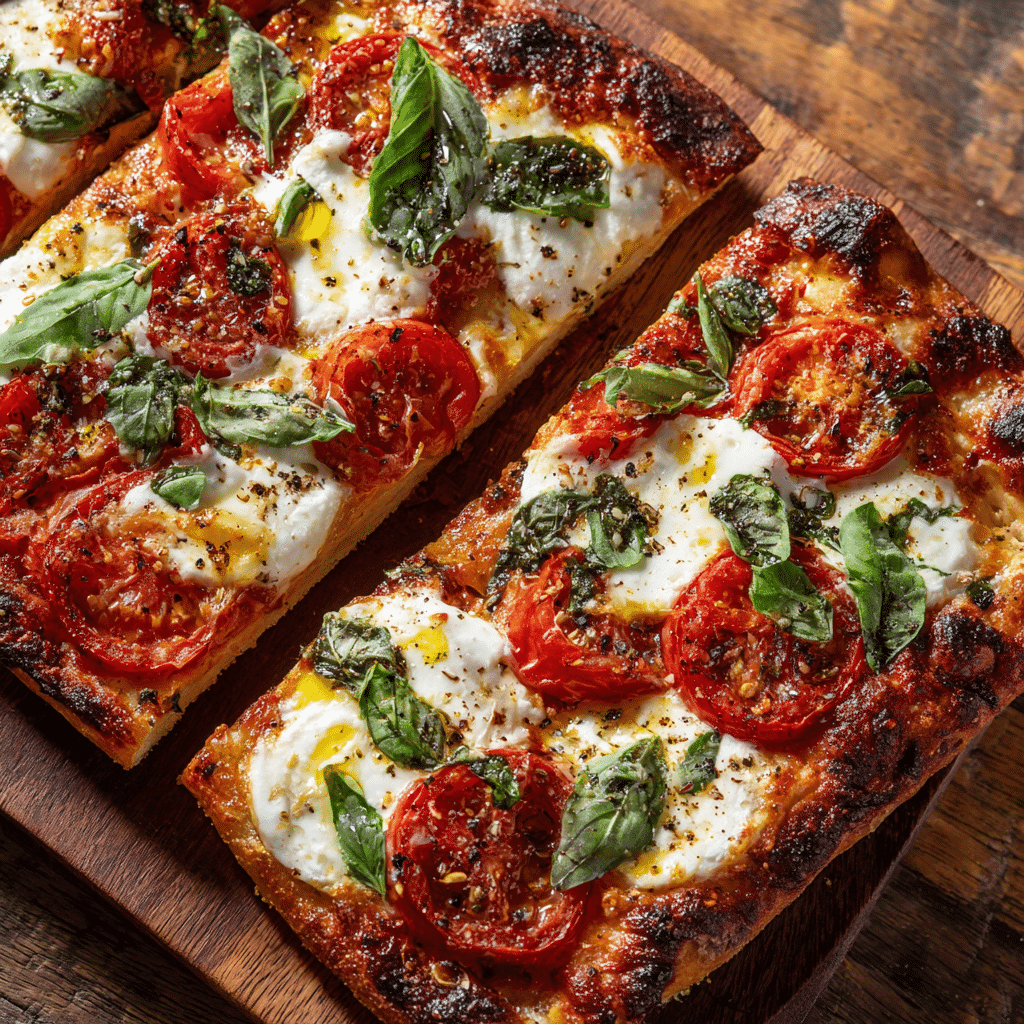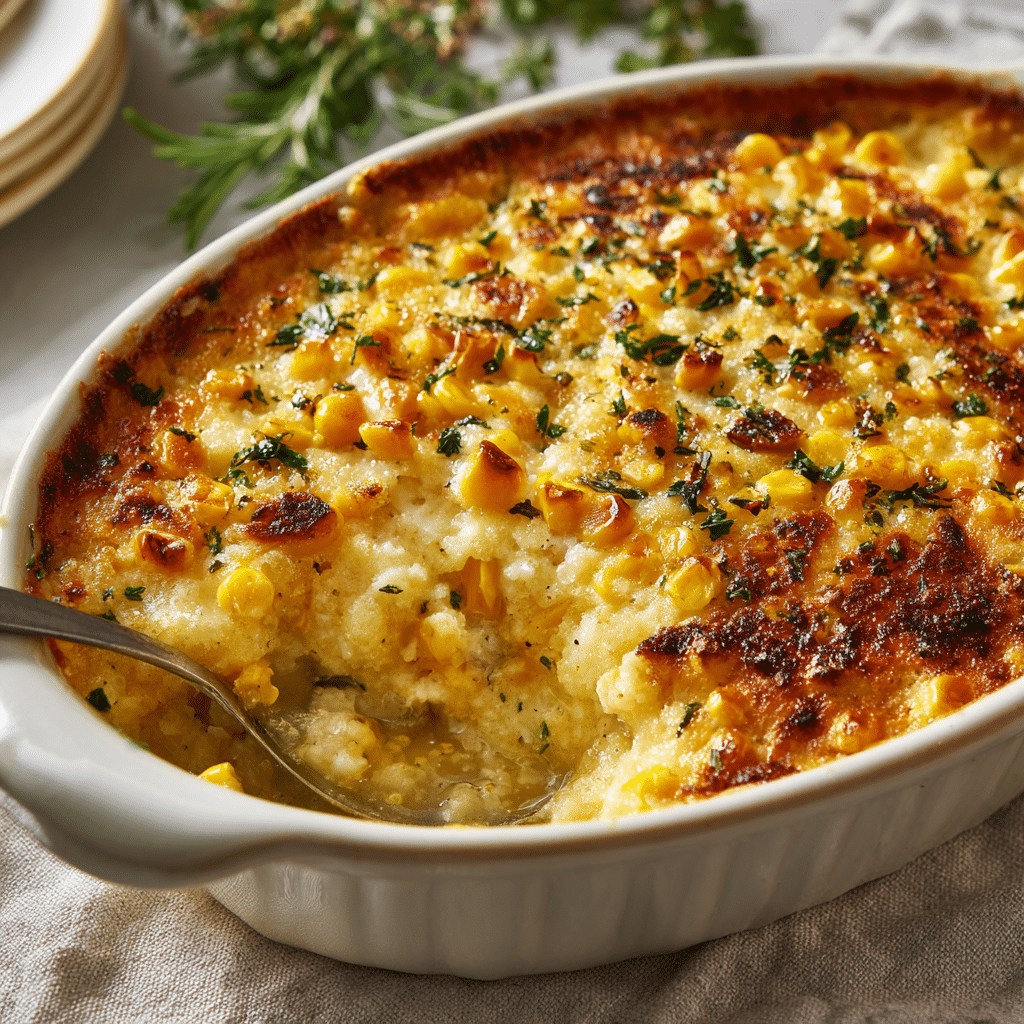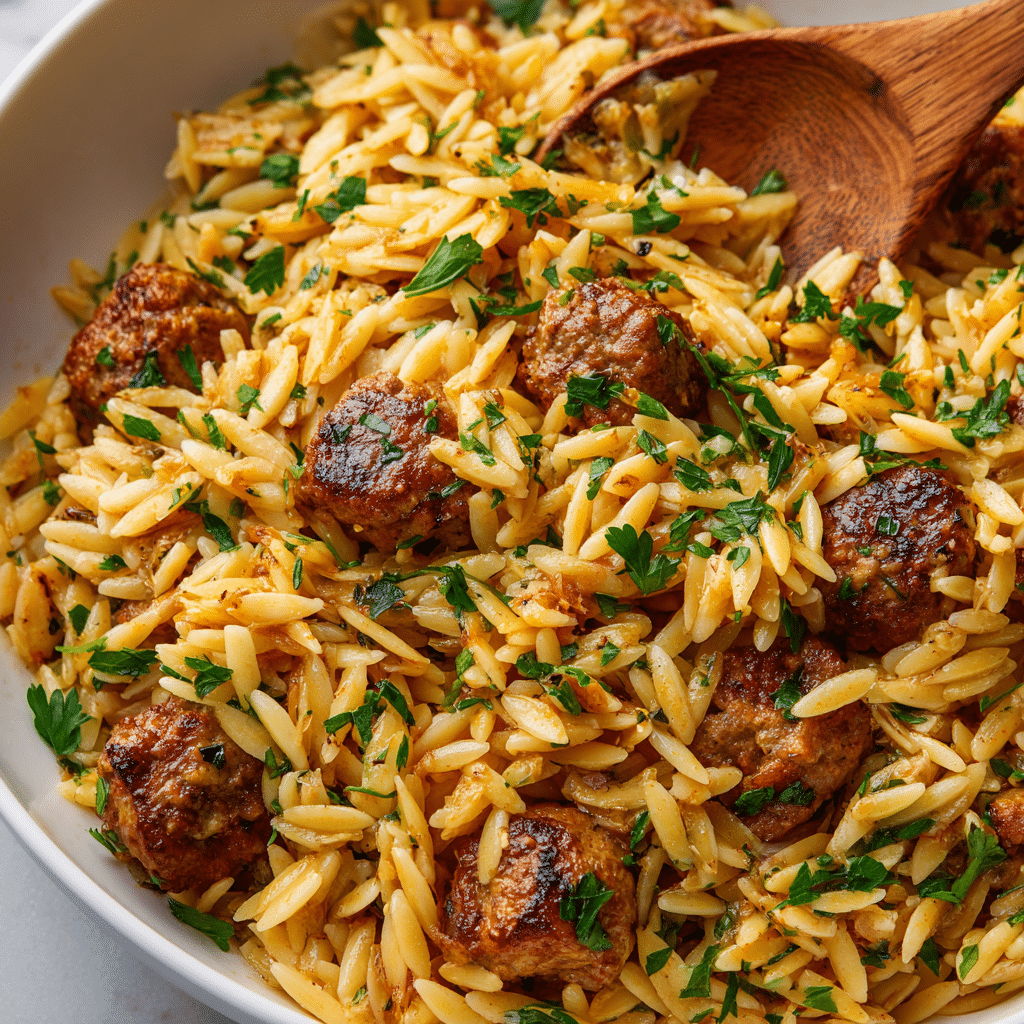In the culinary world, few delights match the tangy crunch of a well-made cornichon. These tiny pickled treasures, a staple in French cuisine, have the power to transform ordinary dishes into gourmet experiences. Whether nestled beside a charcuterie board, adding zest to sandwiches, or simply enjoyed as a snack, cornichons hold a special place in the hearts of food enthusiasts worldwide. This article embarks on a comprehensive journey through the art of making cornichons at home. From selecting the perfect cucumbers to mastering the pickling process, we’ll cover every step in detail. So, roll up your sleeves and get ready to dive into the world of homemade cornichons, where flavor and crunch come together in perfect harmony.
What are Cornichons?
Cornichons, those small and crisp pickles, are more than just a condiment; they’re a culinary adventure in miniature form. Originating from France, these sour delights are made from tiny cucumbers, pickled whole in a vinegar brine. Unlike their larger cousins, cornichons are celebrated for their distinctive crunch and tart flavor, making them a beloved addition to many dishes.
The Cultural Significance of Cornichons in French Cuisine
In the heart of French cuisine, cornichons play a pivotal role. They’re not just a side; they’re an experience, elevating everything from a simple baguette to artisanal sandwiches. In bistros and homes across France, these pickles accompany pâtés, terrines, charcuterie, and rillettes, adding a burst of flavor that’s both refreshing and complex.
But the allure of cornichons isn’t confined to France. Around the globe, culinary enthusiasts embrace these tiny pickles for their versatility and unique taste. Whether you’re a seasoned chef or a home cook, learning to make your own cornichons is a journey worth taking. So, let’s embark on this flavorful adventure together, exploring the nuances of pickling and the joy of creating something truly special in your kitchen.
Preparing for Your Cornichons Recipe
Before diving into the world of homemade cornichons, gathering the right ingredients and tools is crucial. This preparation ensures your pickling process is smooth and enjoyable, leading to the perfect batch of crunchy, tangy cornichons.
Selecting the Right Ingredients
- Baby cucumbers
- White wine vinegar
- Water
- Kosher salt
- Sugar
- Mustard seeds
- Black peppercorns
- Coriander seeds
- Fresh dill
- Garlic cloves
Tools and Equipment Needed
- Glass jars with lids
- Large pot for boiling
- Tongs
- Funnel
- Bowl for mixing brine
- Sharp knife
- Cutting board
The Cornichons Recipe
Embarking on the journey of making cornichons at home is both a craft and a delight. With the right ingredients and a bit of patience, you can transform tiny cucumbers into crunchy, tangy treasures. Let’s dive into the step-by-step process that will guide you through making your very own batch of cornichons.
Preparing the Cucumbers: Cleaning and Trimming
First things first, you’ll need to start with the freshest baby cucumbers you can find. These little guys are the stars of the show, so quality matters. Give them a good rinse under cold water to remove any dirt or debris. Then, it’s crucial to trim off the blossom ends. This tiny step is your secret weapon against soggy pickles, as it removes enzymes that can soften the cucumbers during pickling.
Creating the Perfect Vinegar Brine
The brine is where the magic happens. It’s a simple mixture, but the balance of flavors is key to achieving that classic cornichon tang.
- Ingredients:
- 1 liter of water
- 500 ml of white vinegar (avoiding alcoholic beverages, opt for a non-alcoholic vinegar)
- 2 tablespoons of salt
- 1 tablespoon of sugar
- Herbs and spices (dill, mustard seeds, and garlic cloves)
Combine water, vinegar, salt, and sugar in a large pot and bring to a boil. Add your herbs and spices to infuse the brine with aromatic flavors. This concoction will not only preserve the cucumbers but also imbue them with the signature cornichon taste.
The Pickling Process: From Jar to Refrigerator
With your cucumbers cleaned and your brine boiled, it’s time to marry the two. Pack the cucumbers tightly into sterilized jars, leaving a bit of space at the top. Then, pour the hot brine over the cucumbers, ensuring they are completely submerged. Seal the jars while they’re still hot to create a vacuum seal.
Now, the hardest part: waiting. Store the jars in a cool, dark place and give the cucumbers time to transform. In about a week, they’ll start to take on that distinctive cornichon character, but the longer you can wait, the more developed the flavors will become.
Making cornichons at home is more than just a recipe; it’s an act of love and patience. Each step, from preparing the cucumbers to creating the brine, contributes to the final product’s flavor and texture. So, take your time, enjoy the process, and get ready to savor the fruits of your labor. Your homemade cornichons will not only be a delicious treat but also a testament to the art of pickling.
Advanced Tips and Tricks
Ensuring Crunchiness: The Secret Techniques
Achieving that signature crunch in your cornichons isn’t just about luck; it’s about technique. First off, let’s talk about the blossom-end trim. You see, the end where the flower once bloomed? It harbors enzymes that can soften your pickles. Snipping it off is your first step toward crunch heaven.
Next up, the salt rub. This isn’t just a spa treatment for your cucumbers; it’s a crucial step in drawing out moisture, ensuring your cornichons stay firm to the bite. And don’t forget a good soak. Immersing your cucumbers in cold water before pickling revives them, especially after a hot day at the market or in your garden.
Flavor Variations and Additions
Now, for the fun part—flavor experimentation. While the classic cornichon is a masterpiece in its own right, there’s a world of spices and herbs waiting to elevate your pickling game. Think beyond the vinegar and salt; imagine the aromatic allure of dill, the warmth of mustard seeds, or the subtle bite of garlic cloves.
But why stop there? Tannins, like those found in grape leaves, can also play a role in keeping your pickles crisp. And for those looking to venture further into the pickling spectrum, exploring lacto-fermentation offers a whole new dimension of flavors and textures.
By embracing these advanced tips and tricks, you’re not just making pickles; you’re crafting culinary gems that reflect your taste and creativity. So, experiment boldly, and remember, the best cornichons are the ones that bring you joy with every crunchy bite.
Serving and Pairing Ideas
Creative Ways to Serve Cornichons
Cornichons, with their tangy and crisp nature, are incredibly versatile, making them a delightful addition to various dishes. Imagine them alongside a charcuterie board, where their acidity cuts through the richness of meats and cheeses, creating a balance that dances on the palate. Or consider the simple elegance of a cornichon garnish on a savory tart or quiche, adding a burst of color and flavor that elevates the dish from good to unforgettable.
But let’s not overlook the power of cornichons in transforming sandwiches. A few slices of these pickles can turn a mundane lunch into a gourmet experience, adding texture and zest that complements both meat and vegetarian fillings. Whether it’s a classic ham and cheese or an avant-garde veggie stack, cornichons are the secret ingredient that ties it all together.
Pairing Cornichons with Meals
The beauty of cornichons extends beyond their taste and into their ability to pair wonderfully with a wide range of meals. From the rustic charm of a ploughperson’s lunch to the refined elegance of a dinner party appetizer, these pickles bring a refreshing contrast that enhances the overall dining experience.
In the realm of comfort food, cornichons cut through the heaviness of dishes like casseroles and stews, offering a palate-cleansing effect that readies you for the next bite. And for those who enjoy the art of pairing food with beverages, consider how the sourness of cornichons can complement the creamy notes of craft beers or the crispness of a sparkling water, creating a harmony of flavors that is both surprising and delightful.
So, as you explore the myriad ways to serve and pair cornichons, remember that the best pairings are those that bring joy and satisfaction to you and your guests. Let your culinary creativity flow, and watch as these tiny pickles make a big impact on your meals.
Preservation and Storage
Storing Your Cornichons
After you’ve mastered the art of making cornichons, ensuring they stay crisp and flavorful over time is crucial. The key to successful storage lies in the sealing process. Make sure your jars are sterilized and sealed tightly to keep out unwanted bacteria that could spoil your hard work. A cool, dark place, like a pantry or cellar, is ideal for keeping your cornichons in prime condition.
But what about refrigeration? Once you’ve opened a jar, keeping it in the fridge is a must. This not only preserves their crunchiness but also maintains the vibrant flavor profile that makes cornichons such a delight. Remember, the colder environment slows down any fermentation process, keeping your pickles just the way you like them for longer.
How to Check for Freshness and Quality Over Time
Even the best-preserved cornichons can change over time. Every few months, it’s wise to check on your stored jars. Look for signs of spoilage like cloudiness in the brine or an off smell. These are indicators that it’s time to say goodbye to that batch. However, if your cornichons remain clear, with a brine that’s vibrant and pickles that are crunchy, they’re still good to enjoy.
The longevity of your cornichons also depends on the ingredients used in the brine. A higher vinegar concentration can act as a stronger preservative, extending their shelf life. However, balance is key; too much vinegar can overpower the delicate flavors of the cucumbers.
In summary, proper storage and regular checks are essential for enjoying your homemade cornichons for as long as possible. By following these guidelines, you can ensure that each jar remains a treasure trove of tangy, crunchy goodness, ready to enhance your meals and snacks whenever you desire.
FAQs
Q: Can I use regular cucumbers to make cornichons?
A: While traditional cornichons are made from tiny, immature cucumbers, you can experiment with regular cucumbers cut into smaller pieces. However, for that authentic crunch and flavor, seeking out baby cucumbers is worth the effort.
Q: How long do homemade cornichons last?
A: Properly stored in a cool, dark place, unopened jars of cornichons can last for up to two years. Once opened and refrigerated, enjoy them within a few months for the best quality.
Q: Is it necessary to peel the cucumbers before pickling?
A: No, peeling is not required. In fact, the skin contributes to the crispness of the cornichons. Just ensure they are thoroughly washed before starting the pickling process.
Q: Can I adjust the level of sourness in my cornichons?
A: Absolutely! The beauty of making your own cornichons is the ability to tailor the brine to your taste preferences. Adjust the vinegar to water ratio or add a bit of sugar to mellow the sourness.
Q: What are some common mistakes to avoid when making cornichons?
A: Overpacking the jars can lead to uneven pickling, while using iodized salt can discolor the pickles. Also, ensure your vinegar has a high enough acidity level (at least 5%) for safe preservation.
Q: Are there any creative uses for the leftover brine?
A: The brine is packed with flavor and can be reused in salad dressings, marinades, or even as a tangy addition to cocktails. Just remember, if it’s been used more than once, its effectiveness for pickling diminishes.
By addressing these common queries, we hope to demystify the process of making cornichons at home and encourage more culinary enthusiasts to embark on this pickling adventure. With a little patience and creativity, you can create a stash of these delightful pickles to enjoy year-round.
